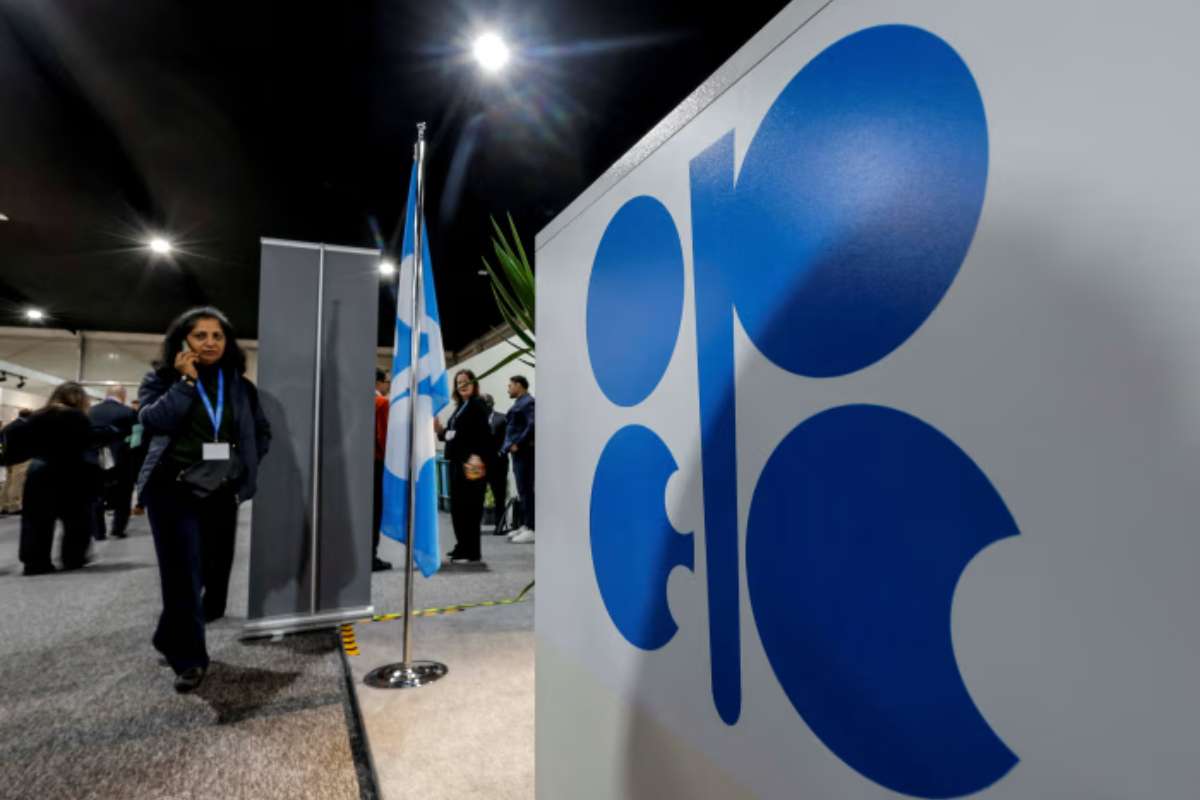Global Oil Prices Steady on Friday, July 18, as conflicting market forces played out. Brent crude settled at $69.48 per barrel, while U.S. West Texas Intermediate (WTI) inched up to $67.51. Despite recent gains, markets were cautious due to concerns surrounding U.S. tariff policies and global economic indicators.
The key driver behind Thursday’s price uptick was a sharp supply disruption from Iraq’s Kurdistan region. Drone strikes—believed to be carried out by Iran-backed militias—forced the shutdown of nearly 140,000–150,000 barrels per day (bpd), halving the region’s oil production. The attack disrupted roughly half of Kurdistan’s pre-attack output of 280,000 bpd, sending a shockwave through the market.
Adding to supply dynamics, the Iraqi federal government is reportedly planning to restart Kurdish oil exports through Turkey, potentially alleviating some of the pressure on global markets.
Strong Seasonal Demand Counters Macroeconomic Anxiety
While supply-side disruptions drove volatility, global demand offered a stabilizing force. According to JPMorgan, global Oil Prices Steady consumption reached 105.2 million bpd in early July—600,000 bpd higher than the same time last year. A surge in summer travel across the U.S. and Asia, along with increased refinery activity, buoyed demand during the typically high-consumption season.
Meanwhile, U.S. crude inventories reported a notable drop, reflecting higher export activity and increased domestic usage. However, the bullish sentiment was partially muted by ongoing macroeconomic concerns, especially as investors await clarity on the Biden administration’s next tariff moves, anticipated post–August 1. Analysts say uncertainty around trade policy could weigh on economic growth and oil demand in the coming months.
Market Outlook: Tight Through Q3, Loosening Ahead
Oil Prices Steady market analysts maintain that fundamentals will likely remain tight through the third quarter. However, OPEC+ has announced a collective increase of 548,000 bpd for August, hinting at a loosening in supply constraints heading into Q4.
Brent and WTI both ended the week approximately 1% lower, reflecting cautious optimism tempered by uncertainty. With geopolitical risks, seasonal demand peaks, and shifting trade policies all in flux, traders are closely watching upcoming inventory data and policy decisions for clearer signals.
Explore More News In Our Oil Gas Energy Magazine
Source:












